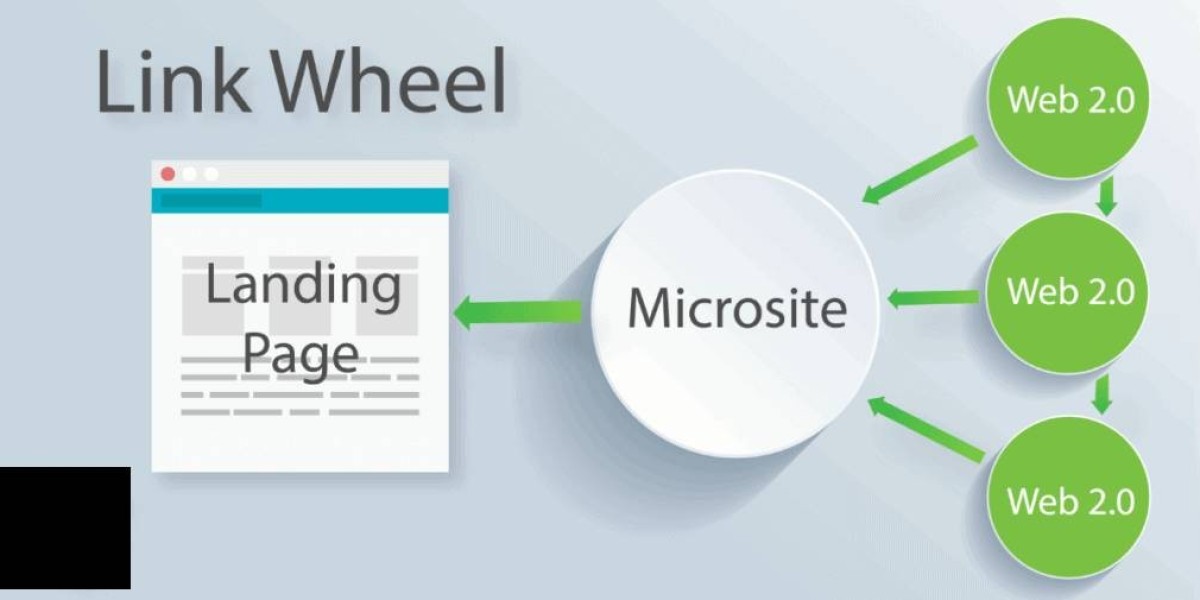Risk-based monitoring (RBM) is a modern approach to that prioritizes the identification and management of risks. It is a proactive and flexible approach that focuses on areas of higher risk, allowing for more efficient use of resources and faster decision-making.
Key Principles of RBM
Risk Assessment: The first step in RBM is to conduct a thorough risk assessment of the clinical trial. This involves identifying potential risks and their associated impact on the trial's safety, efficacy, and data integrity.
Risk Prioritization: Once the risks are identified, they are prioritized based on their severity and likelihood of occurrence. This helps to focus monitoring efforts on the most critical areas.
Risk Management: Based on the risk assessment and prioritization, appropriate monitoring strategies are implemented. These strategies may include:
Centralized Monitoring: Leveraging technology to remotely monitor data and identify potential issues.
Site Visits: Conducting targeted site visits to address specific risks or investigate potential problems.
Risk-Based Source Data Verification (SDBV): Focusing SDBV efforts on areas of higher risk, such as critical data points or sites with a history of errors.
Benefits of RBM
Increased Efficiency: RBM allows for more efficient use of resources by focusing monitoring efforts on the most critical areas.
Improved Data Quality: By proactively identifying and addressing potential issues, RBM can help to improve the quality of clinical trial data.
Faster Decision-Making: RBM allows for faster decision-making by providing real-time insights into the progress of the trial.
Enhanced Patient Safety: By focusing on safety-related risks, RBM can help to ensure the safety of patients participating in clinical trials.
Challenges of RBM
Requires Expertise: Implementing RBM requires expertise in risk assessment, risk management, and the use of technology.
Technology Dependence: RBM relies on technology to collect, analyze, and monitor data.
Resistance to Change: Some clinical trial stakeholders may be resistant to change and may need to be educated about the benefits of RBM.
Conclusion
RBM is a valuable tool for improving the efficiency, quality, and safety of clinical trials. By proactively identifying and managing risks, RBM can help to ensure that clinical trials are conducted ethically and produce reliable results.









